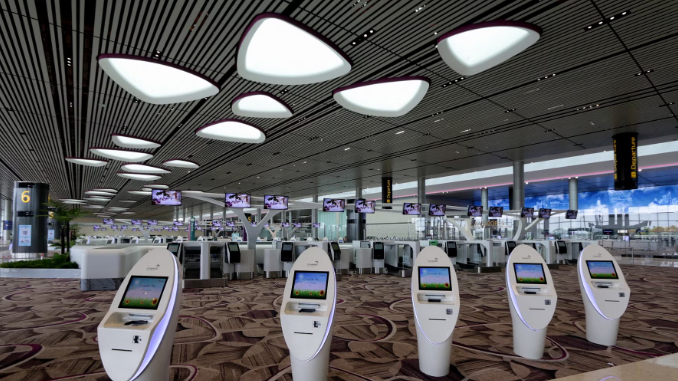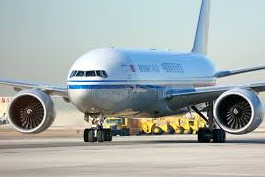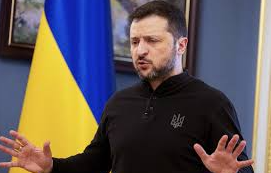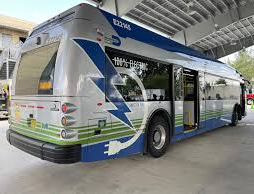Experts and Companies Report Hurdles in Rehiring Workers
SINGAPORE: While the aviation sector in Singapore is facing fewer challenges in rehiring workers compared to Europe and the United States, there are still significant issues, especially in filling specialised roles. As travel has surged following the easing of border restrictions, aviation companies in Singapore have been actively hiring across various positions, from cargo handlers to cabin crew, engineers, and administrative staff.
Unlike their counterparts in Europe and the US, which struggled with chaotic airport operations due to a sudden spike in travel demand, Singapore’s aviation industry has fared relatively well. The high demand for labour in Europe and the US resulted in flight cancellations, long queues, and delays at major airports like London’s Heathrow.
In Singapore, thousands of aviation jobs remain open. Changi Airport Group reported over 6,600 available positions in May, and Minister Chee Hong Tat highlighted nearly 2,000 urgent vacancies during a job fair in November. The event attracted over 11,000 job seekers, with the Civil Aviation Authority of Singapore (CAAS) planning to launch a dedicated web portal to support recruitment and training in the sector.
According to Subhas Menon, director-general of the Association of Asia Pacific Airlines (AAPA), the labour shortage is a global issue, exacerbated by the pandemic. The workforce disruption caused by two years of stagnation resulted in many leaving the industry or returning to their home countries. Menon noted that while Asia may not be as affected as other regions, the aviation sector still faces difficulties in attracting and retraining qualified workers.
Although the hiring process in Singapore has ramped up, companies are finding it challenging to fill some specialised roles. Singapore Airlines (SIA) resumed its cabin crew recruitment in March and has selected over 800 applicants, of which 60% are returning crew members. The airline received several thousand applications—three to four times the number pre-COVID.
SATS, a ground-handling and in-flight catering service provider, also filled most of its 600 job openings, offering a S$5,000 joining bonus. Similarly, dnata Singapore received a strong response at the OneAviation career fair, with more than 300 applicants for about 200 available positions. However, the recruitment process remains slow for roles that require industry-specific expertise.
Despite the hiring push, certain sectors, particularly air cargo, are struggling to find workers for rank-and-file positions. The Singapore Air Cargo Agents Association (SAAA) reported a 5% vacancy rate in member companies, with some workers opting out or failing to show up for their shifts.
In response, companies are increasing wages and offering flexible work options to attract workers. Certis, a security company, shortlisted around 100 candidates from the OneAviation career fair to fill over 500 positions.
The Association of Aerospace Industries (Singapore) (AAIS) has also taken proactive steps, forming a manpower committee to address recruitment challenges and ensure the industry’s recovery. The AAIS estimates around 3,000 vacant positions in various roles, including aeronautical engineers and cabin interior designers.
Despite Singapore’s established aviation cluster and strong educational infrastructure, experts caution that the sector may still face bottlenecks as it recovers. Factors such as labour shortages, competition from other industries, and the potential impact of future COVID-19 outbreaks could disrupt the industry’s growth.
Dr Jochen Wirtz, a professor at the National University of Singapore, does not foresee significant labour shortages at Singapore Airlines but warns that a lack of foreign manpower may become a bottleneck. Other sectors like hospitality, IT, and banking are vying for the same pool of workers, offering higher salaries that the aviation industry struggles to match.
Gary Ho, an aviation management lecturer at Temasek Polytechnic, suggests that the aviation sector needs to improve its pay scales to compete for talent. He also proposed strategies to attract older workers and those seeking flexible hours, such as students and retirees, and advocated for increased automation to handle routine tasks.








